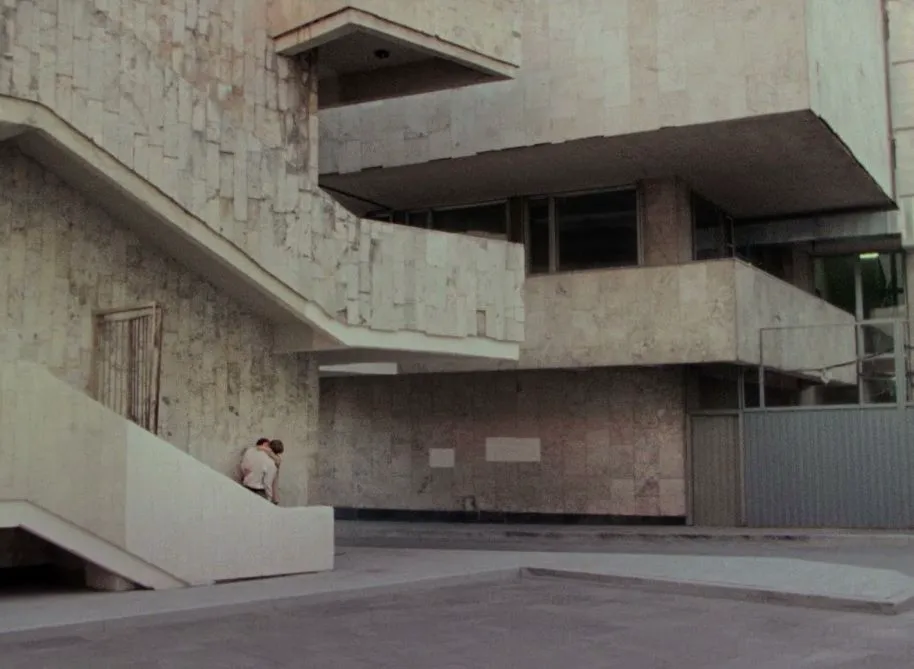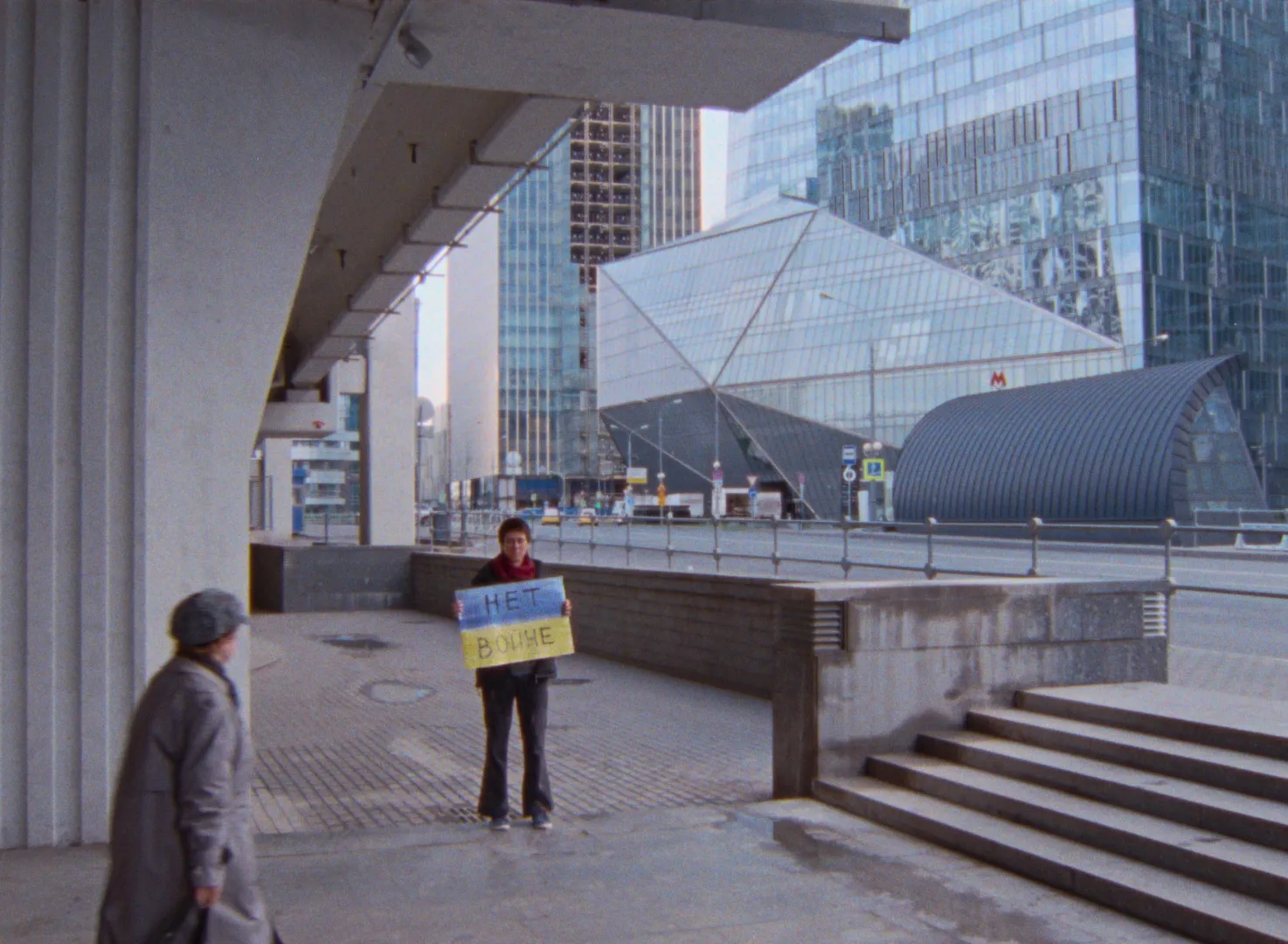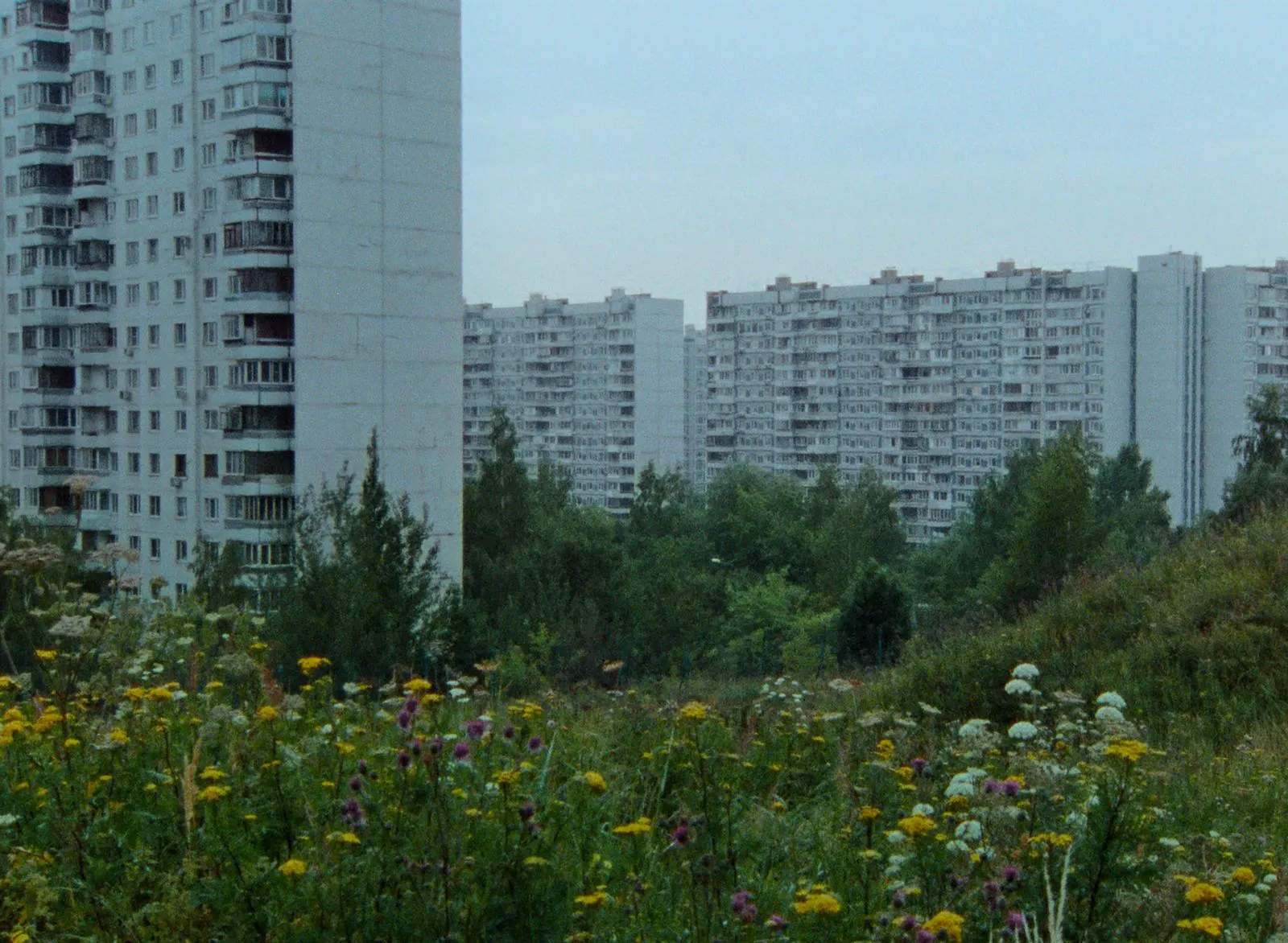“Bypass”: A Glimpse into Moscow’s Hidden Corners
A tattooed young man, Denis Urvantsev, navigates the streets of Moscow through Google Maps, marking clandestine locations. His job as a " кладмен" (a drug dealer who hides drugs in secret locations) requires him to scout places for his next stash of illicit substances. His life is fraught with anxiety: he’s constantly startled by passing police cars, clashes with locals, and faces unscheduled searches at train stations. Back home, he discreetly packages drugs in the bathroom, trying to avoid his grandmother’s attention.

Scene from the film “Bypass”
“Bypass” (“Обходные пути”) is a rather unexpected entry into the Russian film scene. Despite international recognition – Ekaterina Selenkina won the “Critics’ Week” award at the Venice Film Festival as the best female director under 40 – it was hard to imagine the film reaching a wide audience. It’s an unconventional, experimental film, a kaleidoscope of static shots without a strict plot. Dig a little deeper, and it’s also frankly reactionary: the director doesn’t romanticize the profession of a drug dealer, but she portrays the police with even less sympathy than the protagonist. In one scene, an activist with a Ukrainian flag and the slogan “No to War” appears (eerily relevant for a film shot over a year ago), and the world of “Bypass” is permeated by a suffocating sense of unfreedom.

Scene from the film “Bypass”
However, this film isn’t about politics. The main plot is extremely conditional: we observe Denis’s wanderings, but we don’t know who he is, what motivates him, or where he’s ultimately headed. The guy says almost nothing and only communicates with his employer via messenger. At some point, the protagonist disappears from the film altogether – only his inquisitive gaze on the world remains, searching for nooks and crannies. At this point, it becomes clear that “Bypass” doesn’t need the character of the drug dealer for a socially important message (except perhaps in part), but to open a door to a parallel reality. To give the camera a new perspective, to make the viewer look closely and listen to random scenes from life that can only be seen by accidentally wandering into a labyrinth of courtyards. Here, migrants are playing volleyball. Here, schoolchildren are sitting and chatting near an abandoned pool. Here, a policeman is eating shawarma with a generous dollop of mayonnaise on top. These are small stories without beginning or end, which disappear as quickly as they appear, but in which you manage to dissolve even in such a short time.

Scene from the film “Bypass”
A Portrait of Moscow’s Underbelly
By deliberately abandoning a straightforward narrative, “Bypass” paints a vivid portrait of Moscow’s underbelly, paradoxical, eclectic, and concise (the film is only 73 minutes long). It consists of seemingly random, but actually elegantly selected details – the only documentary footage is from Google Maps, which is also occasionally very interesting: one, for example, shows police officers “processing” someone right in the middle of the street. In the end, Selenkina shows a world stuck somewhere in timelessness: old buildings alternate with the skyscrapers of Moscow City, digital shots taken with a screen capture application with the warm grain of 16mm film. Her work is much easier to describe through form than through content, but the main trick is that, almost without words or a clear story, the film tells more about the world than many sprawling scripts about “real” life. Selenkina – apparently realizing that it’s almost impossible to talk about current problems in the language of mainstream cinema – finds a bypass for herself and her film.